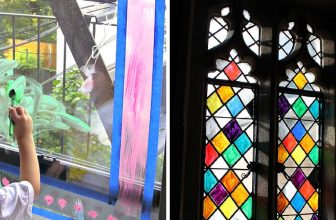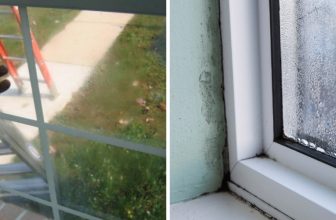How to Make Solar Screens for Windows
Do you want to reduce your electricity bill, keep the sun from fading your furniture and curtains, or even enhance the look of your home? Solar screens for windows can help you achieve all these goals. Not only are solar screens energy efficient and affordable, but they also add a unique touch to any home.
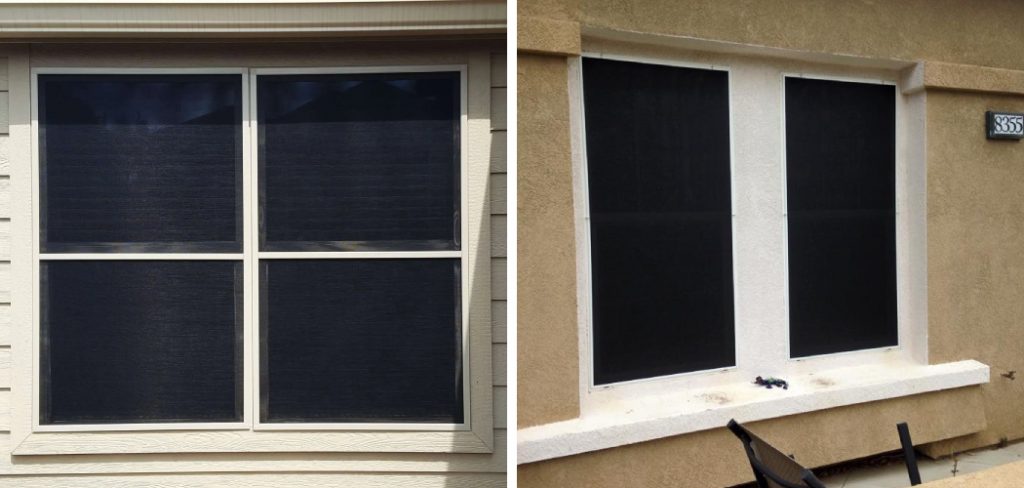
In this blog post, we’ll go over how to make solar screens for windows in few easy steps—including what materials you will need and tips on installation. Whether you’re looking to save money and energy or just spice up your decorating style, this guide will provide everything you need to get started!
Do Solar Window Screens Really Work?
Solar window screens are an effective way to reduce the amount of heat and glare that enter your home. With proper installation, solar window screens can lower your energy bills while also protecting your home from harmful UV rays. Solar window screens can be used in place of regular window treatments or in combination with them for even more energy savings. Not only do they reduce the amount of energy used, they also help to reduce inside fading and glare.
Solar window screens have a number of advantages. They are simple and easy to install, often taking less than an hour, depending on the size and complexity of the window or door being treated. Additionally, solar window screens can be removed during colder months when the sun is not as strong, allowing natural light to enter the home. Finally, solar window screens are an affordable way to reduce your energy bills while also protecting your home from harmful UV rays.
10 Methods on How to Make Solar Screens for Windows
1. Using a Window Solar Screen Kit
One of the easiest ways to make solar screens for windows is to purchase a window solar screen kit. These kits come with everything you need to make solar screens, including the frame, screen material, and instructions. Window solar screen kits are available for purchase online or at some home improvement stores.
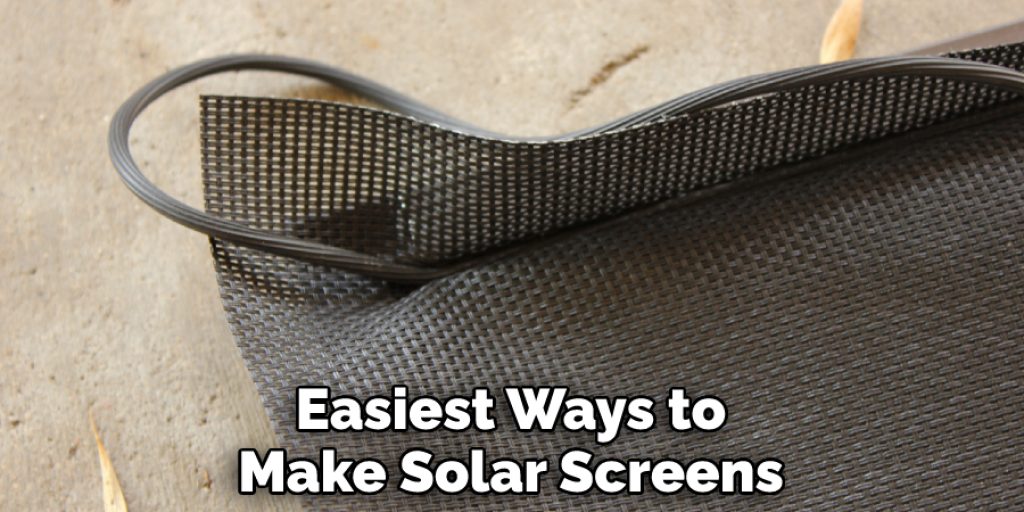
2. Making a Solar Screen Frame
If you don’t want to purchase a solar screen kit, you can also make your own solar screen frame. To do this, you will need to purchase some wood or metal tubing that is the same width as your window. You will then need to cut the tubing into lengths that are slightly longer than your window. Once you have cut the tubing, you will need to assemble it into a frame using screws or nails. If you are using wood, you may also want to paint or stain it to match the rest of your window frame.
3. Attaching the Solar Screen Material
Once you have made the frame for your solar screen, you will need to attach the screen material. There are a few different ways to do this, but one of the easiest is to use Velcro strips. Simply attach one side of the Velcro strip to the frame and then attach the other side to the solar screen material.
Repeat this process around all four sides of the frame until the material is securely attached. If you have a lot of excess material, you can trim it off the edges with scissors. Once you are done, your solar screen should be securely attached to the window.
4. Installing Your Solar Screen
Once you have made and attached your solar screen, you will need to install it on your window. To do this, simply place the frame over your window and then secure it in place using screws or nails. Once the frame is in place, you can then lower or raise the solar screen as needed to control the amount of sunlight that enters your home.
Depending on the type of screen material you have chosen, you may also need to install a roll-up mechanism or pulley system to make it easier to roll up and down your solar screen. Installing this additional feature will require more time and effort, but it can help you better control the amount of sunlight that enters your home. Finally, be sure to check the solar screen periodically for any signs of wear or damage and make repairs as needed.
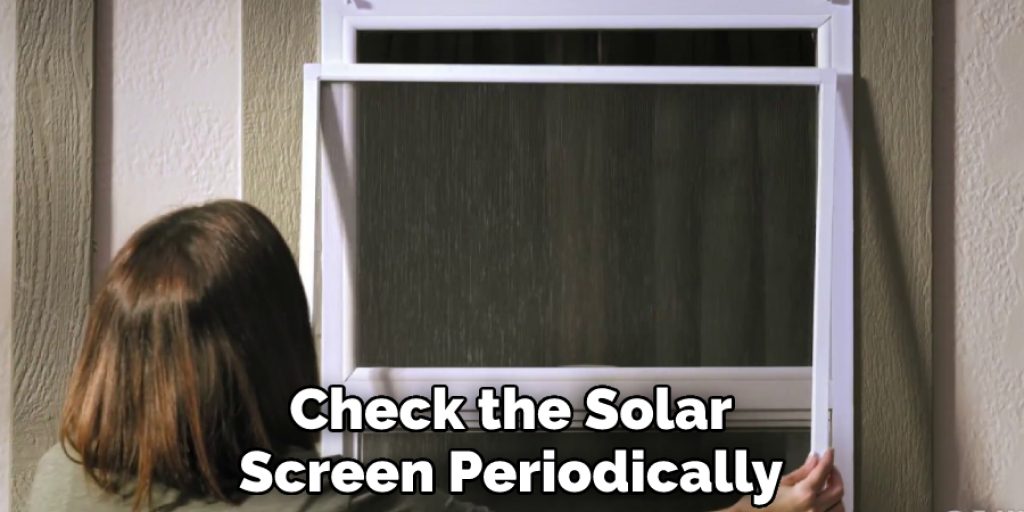
5. Purchasing Pre-Made Solar Screens
If you don’t want to go through the hassle of making your own solar screens, you can also purchase them pre-made from a variety of online retailers or home improvement stores. Pre-made solar screens typically come in standard sizes that will fit most windows, but you can also find custom-sized screens if needed.
Prices for pre-made solar screens range, but they are generally more expensive than making them yourself. When purchasing pre-made screens, make sure that they are made of a durable material like aluminum and that they have been treated to resist fading or shrinking.
6. Window Films
Another option to consider when making solar screens for windows is window films. These are thin sheets of plastic that can be applied directly to the glass of your windows. Window films provide protection from UV rays and come in a variety of colors and designs, allowing you to customize the look of your windows.
When applied correctly, these films are also relatively easy to remove and won’t cause any damage to the window glass. Window films typically last up to five years and are a great choice for those looking to add some color and style to their windows while also protecting them from the sun’s rays.
7. Fabric Shades
Fabric shades are another option to consider when making solar screens for windows. These shades can be made from a variety of fabrics and come in a range of colors, patterns, and styles. They provide privacy while still allowing natural light to enter your home.

For added convenience, some fabric shades can be motorized, making them easy to control. To make your own fabric shade for a window, measure the window and cut the fabric to size. Then, attach the fabric to a roller blind mechanism or frame for easy installation. Finally, install your shade onto the window frame. With the right materials, you can create a beautiful and effective solar screen for your windows.
8. Awnings
Awnings are an ideal solution for larger windows or doors. Awnings are typically attached directly to the exterior of a building and can be retracted when not in use. Awnings provide shade from the sun while still allowing natural light into your home.
Additionally, they can provide privacy and help to reduce your energy costs. When selecting awning fabric look for options that are designed to block the sun’s UV rays while still allowing air and light to pass through. Consider the size of your windows, the type and amount of sun they receive, and the style of your home before deciding on an awning fabric.
9. Exterior Shutters
Exterior shutters are another way to make solar screens for windows. Shutters provide additional protection from UV rays by blocking direct sunlight from entering your home. Shutters also provide privacy and can be an attractive addition to the exterior of any home.
10. Window Tinting
Window tinting is another option for making solar screens for windows. Window tinting involves applying a thin layer of film to the glass of your windows, which reduces the amount of heat that enters your home while still allowing natural light in. Window tinting is available in a variety of colors and designs, allowing you to customize the look of your windows.
Making solar screens for windows is a great way to reduce energy costs and protect your home from harmful UV rays. With these ten methods, you should now have everything you need to make effective solar screens for your windows that will last for many years. With a little bit of effort, you can create beautiful, energy-efficient windows that will help keep your home cool and comfortable.

Conclusion
You can make your own solar screens for windows with a few simple supplies and instructions. Making solar screens is a great way to keep your home cool in the summer, reduce energy costs, and block out harmful UV rays.
By following the steps on how to make solar screens for windows above, you can easily make your own solar screens to help keep your home cooler in the summer. Not only will they save you money on your energy bills, but they’ll also help protect your furniture and flooring from fading due to sun exposure.


